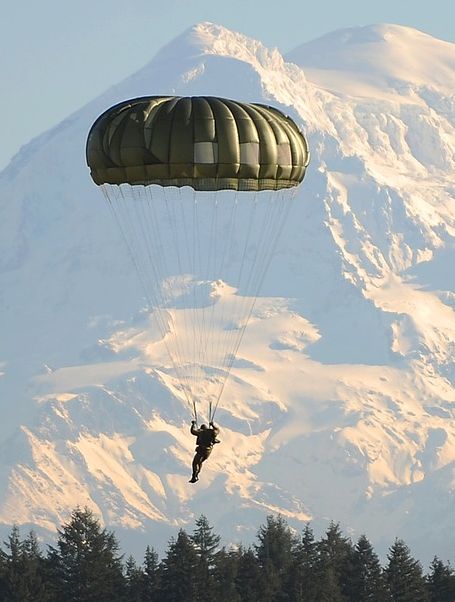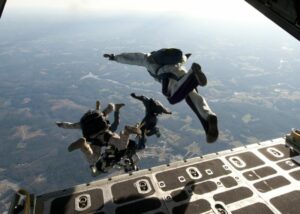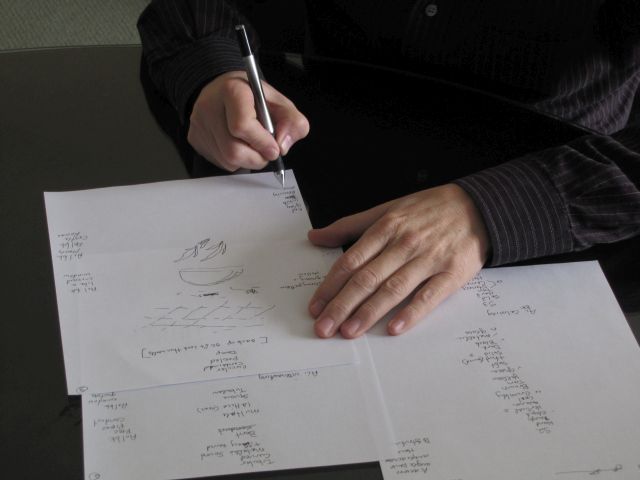
It happens to me all the time. I will be sitting in an airport, or waiting in a doctor’s office, or wherever, and will strike up a conversation with someone next to me. At some point I’ll be asked, “What do you do for work?”
I have a standard 30-second elevator pitch, where I start off at first pretending to be hesitant to answer. “I don’t know, you may think this is pretty weird…” I’ll say reluctantly. “But, okay. I teach people to be psychic.” I then go on to give a brief but enthusiastic summary of remote viewing, the military involvement in its development and use, and my own work of training people how to be remote viewers. As I wrap up my short spiel, the person I am talking with will often look a little dubious, then say slowly, “Why would someone want to learn that?” Sometimes it’s said disdainfully, sometimes out of curiosity. But in either case I treat the question as an invitation to continue. What follows is an expanded version of what I usually say.

As an Army paratrooper I learned about parachutes. I learned that after the chute’s sharp opening jerk one of the most beautiful sights in the world was to look up and see that there was a full canopy over my head, lowering me softly to the ground. In the gentle silence that suddenly replaced the earsplitting racket of the helicopter I had just leapt from, it was even more beautiful to look around hundreds of feet above the tiny trees and cows and farms and looming mountains of southern Bavaria, and realize that as I floated there I was seeing the world in a way shared only by the few people who dared to do what I was doing.
Learning remote viewing is like that. Parachutes can, of course, be used for practical things. They are useful in military and commando operations and are handy for getting people to remote places to fight forest fires. They can be used to insert rescue personnel into emergency situations, or they can lower vital supplies, equipment or even space capsules safely to the Earth; and so on.
Remote viewing also has its practical uses. Among other things, it has been used in intelligence collection, crime-solving, finding missing persons, market predictions and investing, and even space exploration. Ever since I started teaching controlled remote viewing commercially, curious people often ask me variations of the question “Why learn remote viewing?” or “What good is remote viewing?” I usually begin with the practical applications I just mentioned.

But after thinking about it over the years, I add what is probably the more typical reason: Maybe people want to learn remote viewing for reasons similar to why others learn to skydive. This may seem a little surprising at first, but let’s start off by asking, “what good is skydiving?” I already cited various uses for parachuting in general. However, the vast majority of people who learn to skydive do it not for any so-called practical reason. They do it because it presents a challenge–the thrill of overcoming nature (gravity) and the natural human fears that come with it. They also skydive because it puts them in a small class of people who go beyond the ordinary, seeking an experience that teaches skill and self-mastery. And they simply glory in the experience of floating all alone, however briefly, thousands of feet above the earth. It can be scary at first, but it is always thrilling.
You could say the same about remote viewing. Like skydiving, RV has its practical applications, and many learn it to acquire skill and expertise that does indeed help them solve real-world problems and challenges. Yet the majority of people who seek training in remote viewing do so not because of how it can be used so much as the challenge it represents–learning to do something that few other people as yet know how to do; or acquiring a skill deemed impossible by mainstream society; or because it provides convincing and satisfying proof that we are, indeed, much more than our physical bodies.

Skydivers learn that it is possible to transcend the fears and perceived physical limitations that deter the average person. Remote viewers learn something analogous: That it is possible for our consciousness to transcend the boundaries space and time. Is there enough value in that to justify the work and, often, expense demanded to become proficient in this remarkable consciousness-based skill? Many people believe there is, and they have acted on that belief. Do you have what it takes to be one of them?
(Paul H. Smith is the longest serving controlled remote viewing trainer in the business, having started instructor work in the field in 1984. He and his company, Remote Viewing Instructional Services, offer a full-service remote viewing training program. Learn more at the link below.)